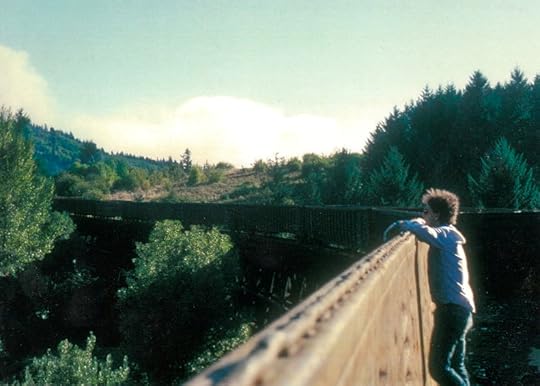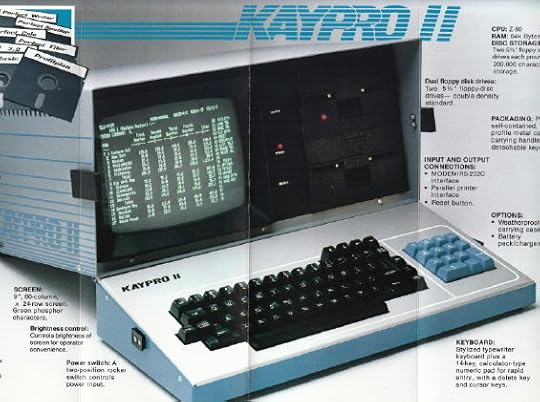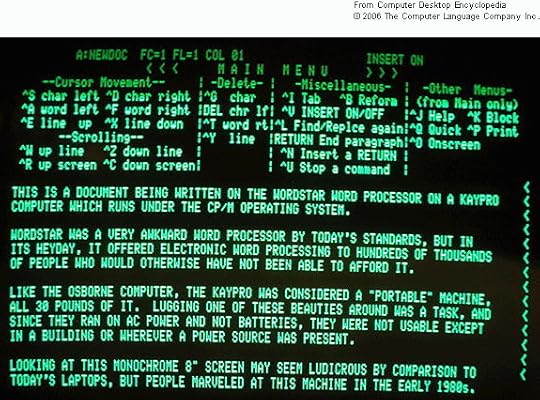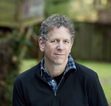Scott Sparling's Blog, page 6
February 21, 2011
Climbing Rex Hill
The last time I took a freight trip with Iron Legs Burk was in 1989. I cut out of work early and met him on the railroad bridge that crosses the Willamette River south of Portland. We figured the train would slow for the bridge – enough, we hoped, to let us jump it.
By '89, freights were running without cabooses. Instead of a cab, there was a flatcar with a dinky red light at the end of the train. The set-up was tragic and pathetic – the noble caboose discarded. But it made catching a ride somewhat easier. We just let the whole train pass, then chased down the flatcar.
Jesse, aka Iron Legs, climbed on first, then I grabbed the short rear ladder. I'd lost a step, maybe, and my momentum didn't quite carry me all the way up, so Jesse put out a hand and gave a pull. That was the first and only time I ever needed help hopping a freight, and maybe a good signal that it was time to hang it up.
When we got to McMinnville, we hopped out, walked through town, and hit a bar, and eventually called my girlfriend for a ride back to Portland. It's possible I'd forgotten to tell her about our freight plans, because she was not happy about having to drop everything and come pick us up. But she did. We're still together and it remains on the list of bad things I've done.
It was a beautiful ride, though. A crisp August day through great country. That's me in what we used to call a deep-dish gondola. If you look closely, you can see the trestle we're crossing. Iron Legs Burk says this photo was taken climbing Rex Hill near Newberg, Oregon, and I believe him.

Photo by D.C. Jesse Burkhardt
___________
Summer, freights, bars, girlfriends: "It Takes a Lot to Laugh, It Takes a Train to Cry."
February 19, 2011
Bad Advice for Writers
Writing a novel? First, you'll need one of these. The Kaypro II. It comes with 64 KB of RAM and two double-sided, double-density drives for your 5 ¼ inch floppy disks. Encased in aluminum, and at just 29 pounds, it's completely portable. Mine set me back about $1,800, but the price may have come down since 1983.
Sure, you could go cheap and try to write your masterpiece on a typewriter, but that's gonna take forever. With the Kaypro, you can cut your novel-writing time to under three decades, tops. Sounds unbelievable, but I did it, and you can too.

Here's what makes the Kaypro such a time-saver. Let's say you've written the following paragraph as a first draft.
"Dexter Company had the school photo business from all over the state; Slater's job was to develop rolls of photo paper. He ran a machine called the Silva, twenty-five feet of tanks and drums and torque, and he worked in the dark, listening to the hum and talking to the machine, his eight hours of competence and solitude, his rap and discourse in the dark. The whine of the rollers sometimes reminded him of freight trains crossing the Rockies, metal grinding against metal like the sound of violins being played under water. After he was fired, he imagined the Silva on the hot desert land outside Dexter Company, decaying, fulgent, a strange tribute to the gods or some fantastic drum set of the industrial age, after everyone got tired of the music."
The first thing you're going to want to cut is that line about violins being played under water. No one knows what that sounds like, with the possible exception of Lloyd Bridges. Who, sadly, is no longer with us.
On your old Selectric, you'd have to retype the whole thing just to lose that one phrase. Not so with the Kaypro. Simply mark the beginning of the phrase with ^KB. Then hit ^F repeatedly until you come to the end of the phrase. Mark it with ^KK and then enter ^KY. Magically, the offending phrase disappears. Or you could move the phrase somewhere else with just another 13 keystrokes.
Next you'll want to change Slater's name to Stryker, and then to Trager, and then to Stone, and then back to Slater. You'll want to get rid of that part about "fulgent," too. Also that whole section about "rap and discourse in the dark." That's a little weird. Take that out. Then put it back in. Then out. See how easy the Kaypro makes everything? Suddenly you have a zillion choices for every single line.
Later you may realize that it's not Slater who works in the photo lab, but some other character, and it's not in the desert, but Northern Michigan. You may decide to cut the passage entirely. No worries. The Kaypro runs on the reliable CP/M operating system. However, depending on how much time has passed, your floppy disks will need to be converted to Apple's operating system before you can make any changes to your novel, or work on it in any way, including simply reading it. And while computer science has not yet invented a way to convert CP/M to Apple, you can get some mail-order software from Ohio that will convert everything to MS/DOS, supposedly, if you can find an old Dell or something. Then you could convert that into Apple…or you could just retype the whole damn thing.
If you still have that Selectric.

_____________
Bonus bad advice: To get a Kaypro II of your own, build a time machine, travel to 1983 and bring one back "Duty Free."



